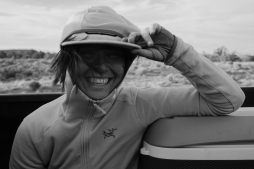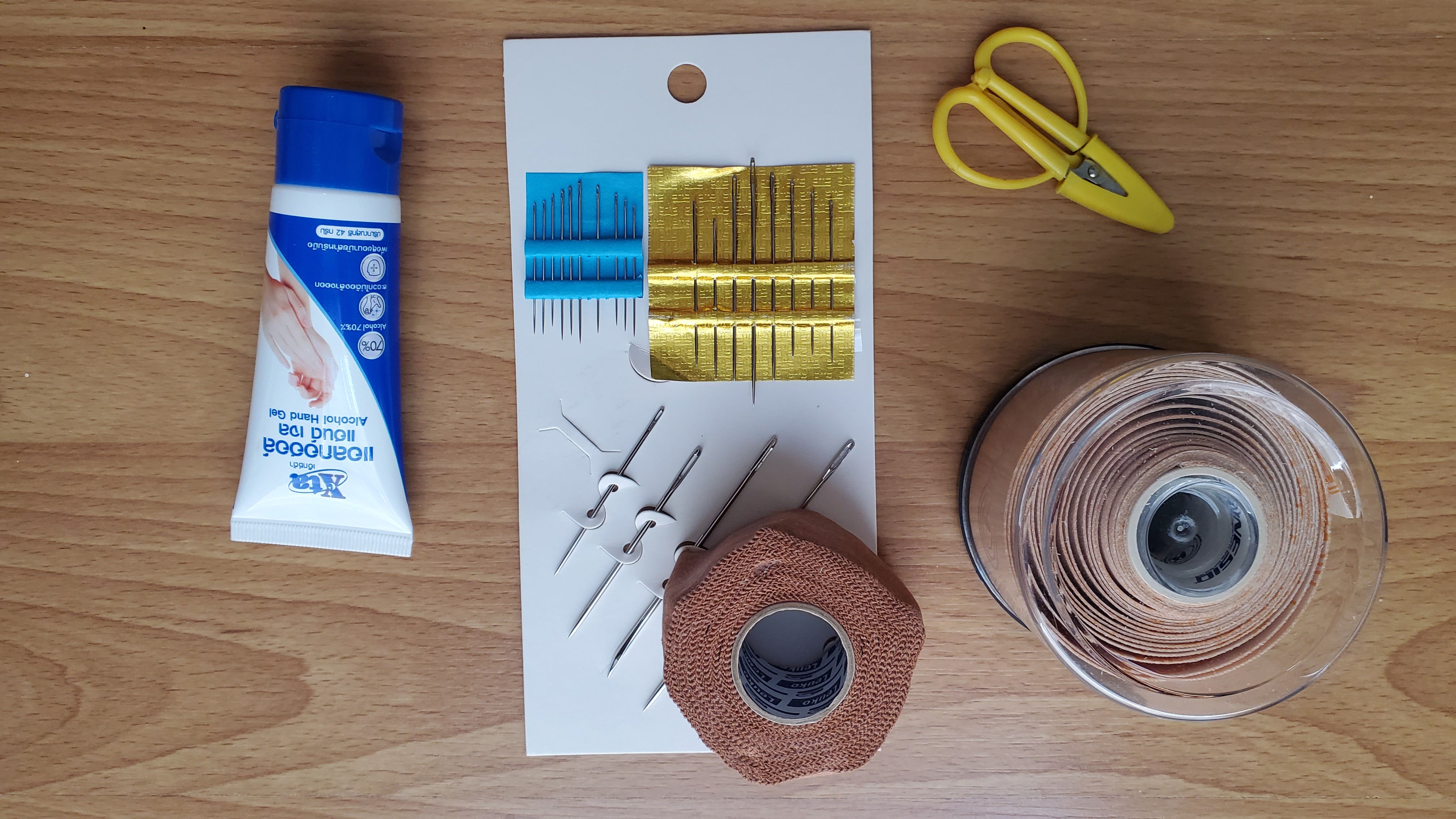Thinking Ultralight: A Beginners Guide on UL Packing
Ultralight backpacking is an approach to hiking and camping that emphasizes carrying the lightest and simplest gear safely possible. This philosophy extends beyond merely reducing pack weight—it's about enhancing the freedom and joy of your hiking experience. Achieving an ultralight pack means meticulously scrutinizing each item, prioritizing essentials, and ensuring that every piece of gear justifies its presence by serving multiple purposes. Here’s an in-depth guide to embracing ultralight backpacking, tailored for both novices and seasoned adventurers looking to lighten their load.
The Core Principle: Use It or Lose It
The foundation of ultralight backpacking is simple yet profound: if you don't use it, don't bring it. This mantra encourages you to carry only what is necessary for your safety, comfort, and the objectives of your trip. Essential items like a tent, sleeping bag, and water filter are indispensable, but every other item should earn its place in your pack. This principle forces you to evaluate the true utility of each piece of gear, leading to more informed and selective packing choices.

Multipurpose Gear: The Ultralight Backbone
In the realm of ultralight backpacking, gear that serves multiple functions is gold. For example, instead of packing a simple pocket knife, opt for a lightweight multi-tool that includes a knife along with pliers, scissors, and other useful tools. This approach reduces redundancy and saves precious ounces. The key is to find gear that can perform more than one job effectively, thus allowing you to streamline your pack without compromising on functionality.
Small Things Add Up: The Art of Elimination
After covering the essentials, it's easy to start adding "just in case" items. However, these small additions can quickly compound, significantly increasing your pack weight. It's crucial to critically assess each item's necessity. While it's natural to want amenities that make the trail life more comfortable, weigh the value of each against its impact on your total pack weight. Sometimes, a simple alternative, like substituting a bulky hiking chair for a lightweight sitting mat, can provide comfort without the weight penalty.
Reflective Gear Analysis: Learning from Experience
A vital aspect of ultralight backpacking is the continuous evaluation of your gear based on real-world use. Take note of what items you actually use versus those that remain untouched. If you find, for example, that your tent feels disproportionately heavy, investigate why. Is it designed for more people than you typically hike with? Could a lighter, one-person tent serve your needs? By reflecting on your gear's utility and comfort after each trip, you can make targeted adjustments to further reduce your base weight.

The "Less is More" Philosophy
Ultralight backpacking thrives on the philosophy of "less is more." Every item in your pack should serve a purpose, and if it can fulfill two or more roles, even better. An exemplary piece of multipurpose gear is the Six Moon Designs Gatewood Cape, which doubles as a rain poncho and a tent shelter. This innovative thinking not only saves weight but also simplifies your packing list, making your backpack lighter and your trek more enjoyable.
Investing in Ultralight Gear
Transitioning to an ultralight setup often requires an initial investment, particularly in the "big three" items: shelter, sleeping system, and backpack. Ultralight versions of these essentials can be more expensive but are significantly lighter and just as durable as their heavier counterparts. When budgeting for gear, consider the long-term benefits of reduced pack weight, such as increased mileage and decreased fatigue, which can vastly improve your hiking experience.
The Weight Awareness Journey: A Crucial Step for Beginners
For those new to the ultralight backpacking philosophy, a common oversight is neglecting the weight of each item when purchasing gear. It's easy to focus on features, brand reputation, or even the aesthetic appeal of gear without considering its weight. However, in the realm of ultralight backpacking, every ounce matters. Here's how to integrate weight awareness into your gear selection process and why sometimes spending more can mean carrying less.

Embrace Weight Awareness from the Start
The first step towards ultralight backpacking is developing an acute awareness of the weight of every item you plan to bring. This means looking beyond the marketing and focusing on the specifications. Weight should be a primary factor in every gear decision you make. Begin by weighing your current gear and understanding the total weight you're starting with. This baseline will be invaluable as you seek to lighten your load.
The Investment in Lightweight Gear
One of the key insights for beginners is that reducing pack weight often involves investing in specialized ultralight gear. While ultralight items can come with a higher price tag, the weight savings they offer can significantly enhance your backpacking experience. For example, ultralight sleeping bags using advanced down or synthetic materials can halve the weight of traditional sleeping bags without sacrificing warmth.
Cost vs. Weight: Finding Your Balance
The decision to invest in ultralight gear is a personal one, often influenced by budget constraints. However, it's important to consider the long-term benefits of carrying less weight. Reduced fatigue, increased distance covered, and a more enjoyable hiking experience can justify the initial investment. If budget is a concern, prioritize weight savings on the "big three" items: shelter, sleeping system (sleeping bag and pad), and backpack, as these typically account for the majority of pack weight.

Making Informed Choices
Before making a purchase, thoroughly research products to ensure they meet your needs in terms of both weight and functionality. Read reviews, compare products, and consider the environments in which you'll be using the gear. Sometimes, a slightly more expensive item that offers a significant weight reduction can be a smarter long-term investment, enhancing both your enjoyment and performance on the trail.
The Role of Innovation and Technology
The ultralight backpacking community is constantly benefiting from advancements in materials and design. Manufacturers are innovating with lighter and stronger materials, offering gear that challenges the traditional trade-off between weight and durability. Keeping informed about these innovations can help you make choices that align with your ultralight goals without compromising on quality or safety.
Integrating Weight Awareness into Your Ultralight Journey
Developing a keen awareness of weight and making informed gear choices are fundamental steps in your ultralight backpacking journey. As you gain experience, you'll refine your ability to assess gear not just by its weight but by its utility, durability, and how well it fits your specific needs. Remember, the goal of ultralight backpacking is not merely to minimize weight for its own sake but to enhance your freedom and enjoyment of the wilderness. By carefully selecting gear that offers the best balance of weight, function, and cost, you can create a backpacking setup that's not only ultralight but also perfectly tailored to your adventures.

A Journey of Continuous Improvement
Adopting an ultralight backpacking approach is a journey of continuous learning and adaptation. With each trip, you gain insights into what gear is essential, what can be left behind, and what could be replaced with a lighter alternative. This process is not about reaching a definitive end point but about evolving your gear setup to maximize your enjoyment and engagement with the wilderness.
Ultralight backpacking is a transformative practice that challenges you to rethink what you need to thrive in the outdoors. By emphasizing careful gear selection, multipurpose items, and ongoing reflection on your experiences, you can significantly lighten your load. This, in turn, opens up new possibilities for adventure, allowing you to travel further, faster, and with greater ease. Whether you’re a seasoned hiker looking to shed pounds from your pack or a newcomer eager to start on the right path for your gear, practicing ultralight is always a good idea.











Leave a comment
This site is protected by hCaptcha and the hCaptcha Privacy Policy and Terms of Service apply.